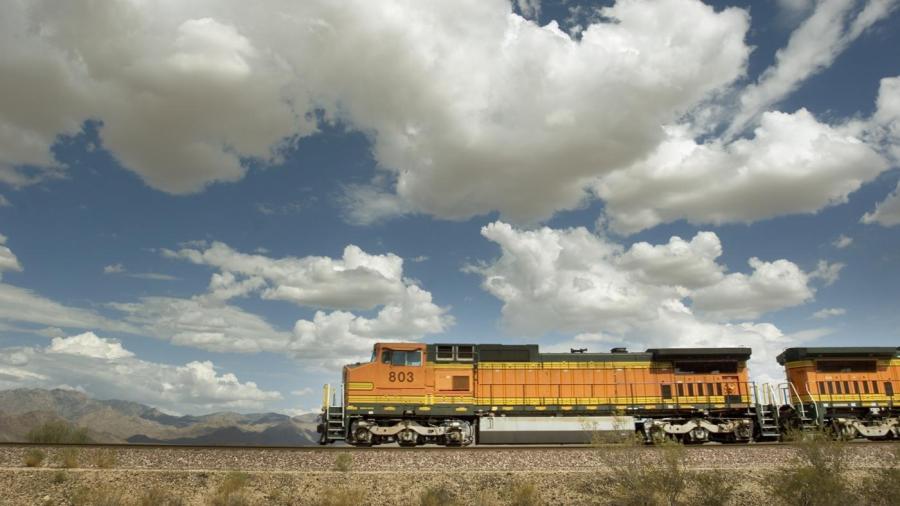How Did the Railroads Help With the Growth of Industrialization?

Railroads made it possible to ship raw materials to factories and the manufactured goods they produced faster than ships and wagons. As people across the country purchased goods, factories had the capital to increase production.
Early Shipping Methods Before the development of the railroad in nations like the United States, rivers and wagons served as the primary means of transportation. Rivers were convenient, especially for moving large quantities of goods but companies could use them only if the route of the river went where they needed to send the product. They then had to use wagons to carry the shipment inland or send them via man-made canals. Unfortunately, wagons moved only as fast as the animals pulling them and canals dried up during the dry season. As such, shipping could take a considerable amount of time, especially for items that needed to go across the country.
George Stephenson’s Invention This problem was not limited to the U.S. In England, George Stephenson started experimenting with a design for a locomotive that could pull coal out of mines. Stephenson’s locomotive used steam technology to improve the engine’s power. He went on to develop the first practical railroad, which debuted in 1825. Visionaries in the U.S. sought to implement Stephenson’s technology on American soil as they saw the need for new methods of transportation. Not only could railroads reduce shipping costs by more than 50 percent but they could also boost the economies of cities.
The First U.S. Railroads In the early 19th century, the city of Baltimore needed better access to transportation. Instead of building a canal, leaders decided to invest in a rail system, and the Baltimore and Ohio Railroad became the country’s first chartered railroad in the U.S., starting construction of the rails in 1828. Two years later, the South Carolina Canal and Railroad Company started service in South Carolina. The following year, the Mohawk & Hudson Railroad demonstrated the viability of the new transportation system when it carried goods 17 miles in less than a hour, a trip that took an entire day on a canal.
Bridging the Country In 1862, Congress passed the Pacific Railway Act to facilitate the construction of the country’s first transcontinental railroad. Crews started construction in Nebraska and California, completing construction on May 10, 1869, when the crews met in Utah. By 1900, there were four more transcontinental railroads in the U.S., linking the east and west coasts of the country. The railroad transformed the western frontier and paved the way for settlement in formerly remote regions. As people moved west and established cities along the railroad lines, economic opportunities grew.
The Growth of Industry The economy of the U.S. was largely agrarian as most people lived and worked on small farms. This started to change as inventors developed machines that performed the same work as people in more efficient ways. In the years following the Civil War, industrialists built factories that provided employment for millions of people. Using the railroad, these goods traveled from the factories to regions across the country. Railroads also made it possible to transport materials and food, spurring additional growth and development, especially in towns located near the rails.





